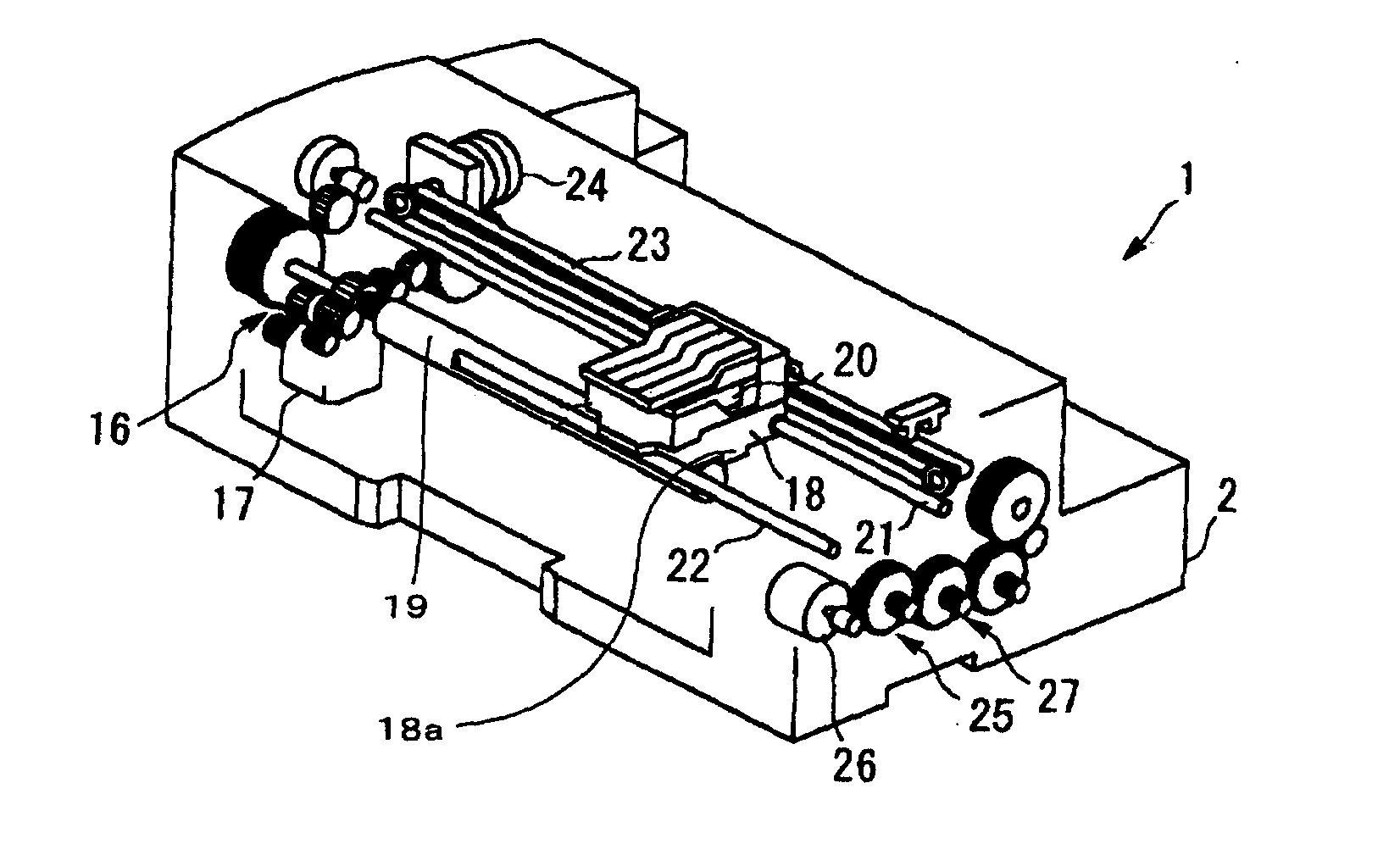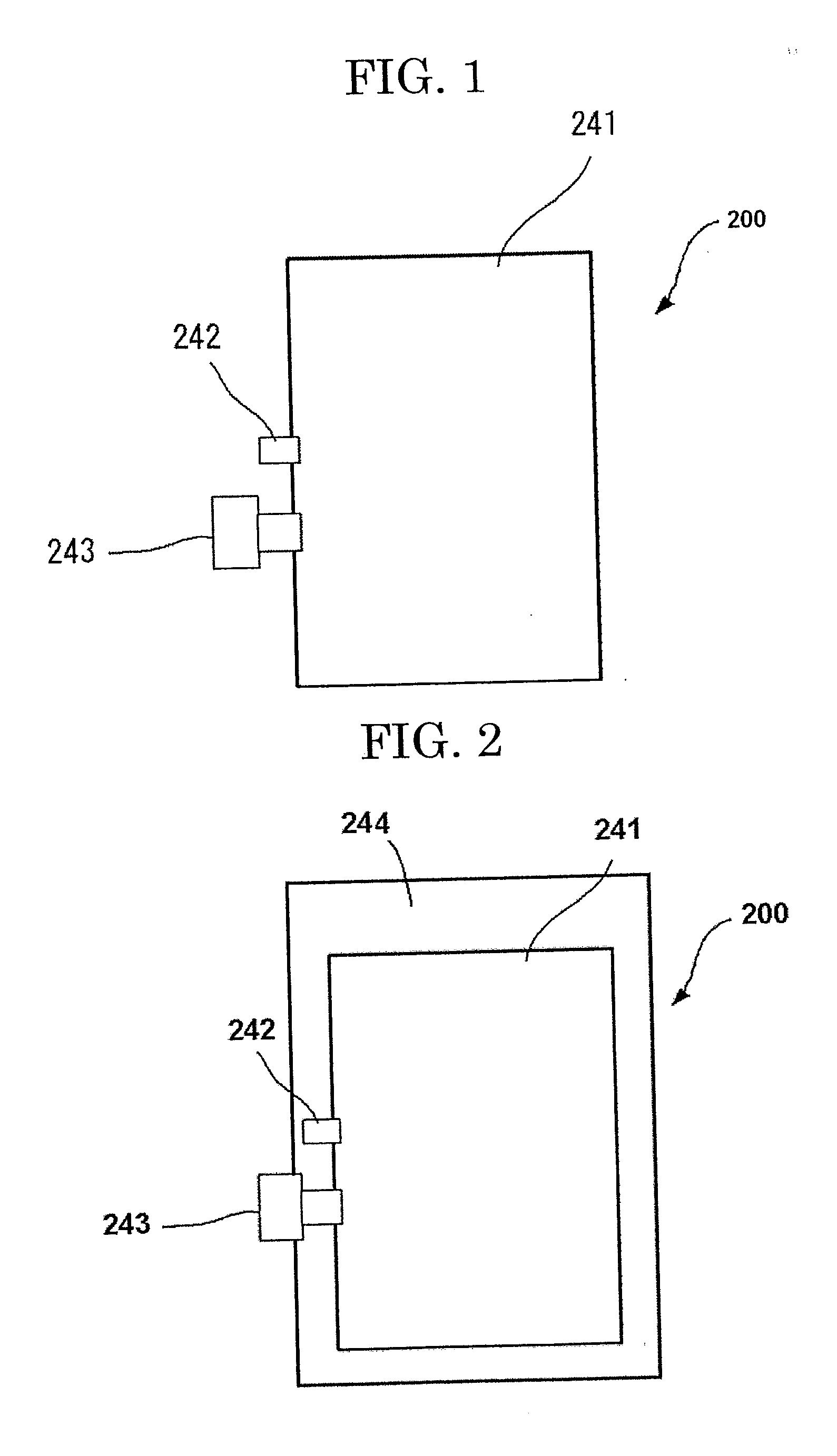Inkjet recording ink containing fluorine based surfactant, inkjet recording ink set, and inkjet recording apparatus containing the inkjet recording ink
a technology of fluorine based surfactant and inkjet recording ink, which is applied in the direction of inks, instruments, printing, etc., can solve the problems of insufficient reduction of surface tension of ink, inability to achieve the same level of uniformity of image solid parts and color development ability as is obtained using dye-based ink, and excessive increase of ink surface tension. , to achieve the effect of uniform dying properties, low surface tension and high viscosity
- Summary
- Abstract
- Description
- Claims
- Application Information
AI Technical Summary
Benefits of technology
Problems solved by technology
Method used
Image
Examples
examples
[0208]Hereinafter, the present invention will be further described through Examples, which however shall not be construed as limiting the scope of the present invention. In the following Examples and Comparative Examples, the unit “%” means “% by mass” unless otherwise specified.
Ink Preparation Example
Ink Preparation Example 1-1
[0209]
cyan dispersion20.0%1,3-butanediol23.0%glycerin8.0%2 -ethyl-1,3-hexanediol2.0%fluorine-based surfactant represented by Structural1.0%Formula (I) described below(where Rf represents (CF2)4F, X represents an integer of 2,and Y represents an integer of 2.)Structural Formula (I)PROXEL LV (antiseptic / fungicide commonly used in ink,0.3%produced by Avecia Biocides)2-amino-2-ethyl-1,3-propanediol
[0210]Ion exchanged water was added as a balance so that all the ingredients added to the formulation was 100%.
[0211]Specifically, the cyan dispersion was prepared as follows. That is, with reference to Preparation Example 3 in Japanese Patent Application Laid-Open (JP-...
preparation example 1-2
Ink Preparation Example 1-2
[0215]
magenta dispersion20.0%1,3-butanediol22.5%glycerin9.0%2-ethyl-1,3- hexanediol2.0%fluorine-based surfactant represented by1.0%Structural Formula (I) described above(where Rf represents (CF2)4F, X represents aninteger of 2, and Y represents an integer of 2.)PROXEL LV0.2%2-amino-2-ethyl-1,3-propanediol0.3%
[0216]Ion exchanged water was added as a balance so that all the ingredients added to the formulation was 100%.
[0217]Here, the magenta dispersion was prepared as follows. That is, the procedure of Preparation Example 1-1 was repeated in the same manner, except that the copper phthalocyanine pigment of Preparation Example 1-1 was changed to Pigment Red 122, to thereby obtain a reddish violet polymer fine particle dispersion. The polymer fine particles were measured by MICROTRACK UPA and found to have an average particle diameter (D50%) of 124 nm (the same applied to the magenta dispersions described below).
preparation example 1-3
Ink Preparation Example 1-3
[0218]
yellow dispersion20.0%1,6-hexanediol24.5%glycerin8.0%2-ethyl-1,3-hexanediol2.0%fluorine-based surfactant represented by0.5%Structural Formula (I) described above(where Rf represents (CF2)4F, X represents aninteger of 2, and Y represents an integer of 2.)PROXEL LV0.2%2-amino-2-ethyl-1,3-propanediol0.3%
[0219]Ion exchanged water was added as a balance so that all the ingredients added to the formulation was 100%.
[0220]Here, the yellow dispersion was prepared as follows. That is, the procedure of Preparation Example 1-1 was repeated in the same manner, except that the copper phthalocyanine pigment of Preparation Example 1-1 was changed to Pigment Yellow 74, to thereby obtain a yellow polymer fine particle dispersion. The polymer fine particles were measured by MICROTRACK UPA and found to have an average particle diameter (D50%) of 78 nm (the same applied to the magenta dispersions described below).
PUM
| Property | Measurement | Unit |
|---|---|---|
| surface tension | aaaaa | aaaaa |
| particle diameter | aaaaa | aaaaa |
| viscosity | aaaaa | aaaaa |
Abstract
Description
Claims
Application Information
 Login to View More
Login to View More - R&D
- Intellectual Property
- Life Sciences
- Materials
- Tech Scout
- Unparalleled Data Quality
- Higher Quality Content
- 60% Fewer Hallucinations
Browse by: Latest US Patents, China's latest patents, Technical Efficacy Thesaurus, Application Domain, Technology Topic, Popular Technical Reports.
© 2025 PatSnap. All rights reserved.Legal|Privacy policy|Modern Slavery Act Transparency Statement|Sitemap|About US| Contact US: help@patsnap.com



